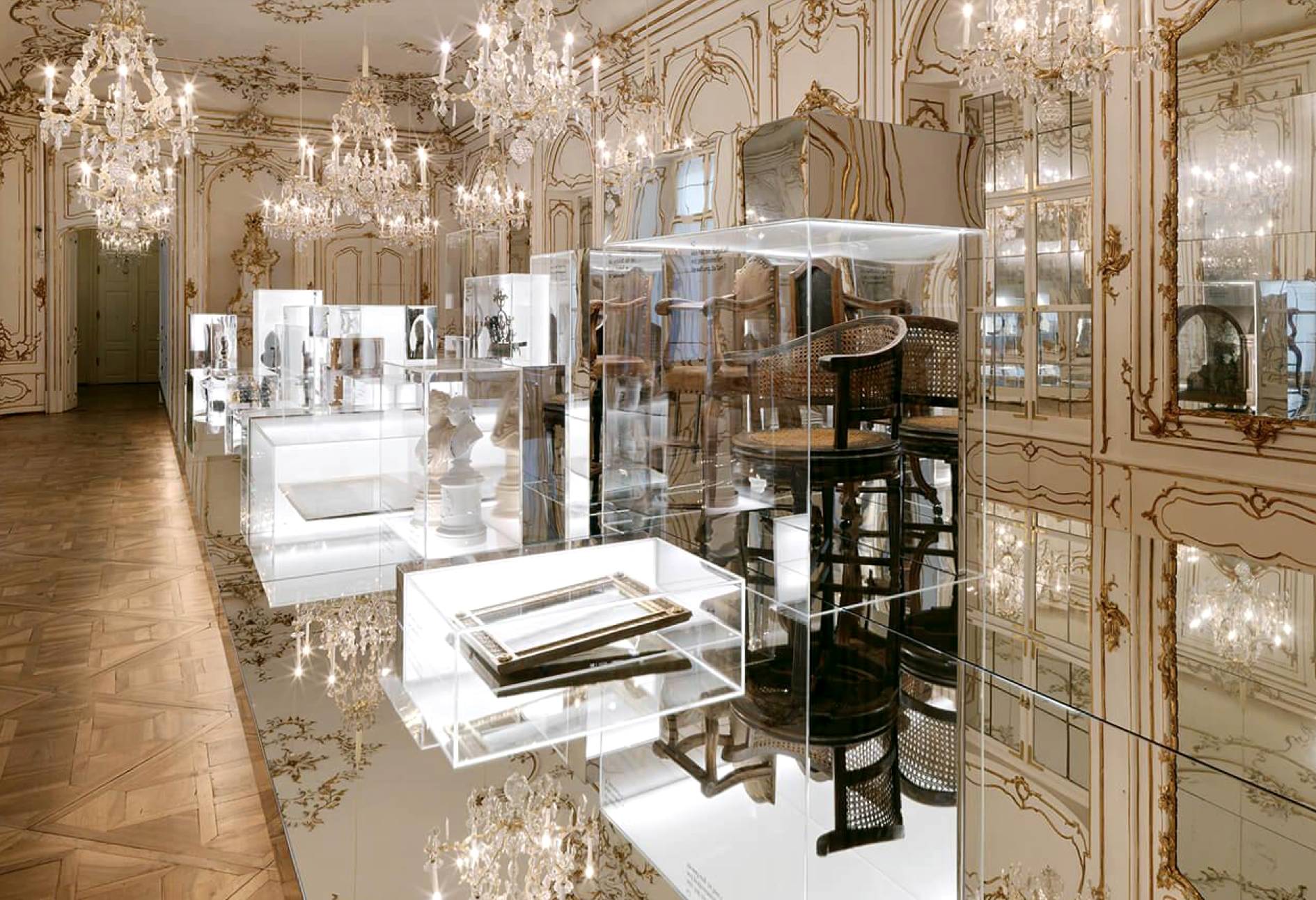As I write this, dear friends are calling to ask “what did you do when you could not stop the bleeding?” That is what compels me to write but I have a huge level of discomfort writing. Not because I’m embarrassed. No. I want my friends to know their options. I’m uncomfortable because I’m a happy introvert. My experience could have been different if I had known more. I researched extensively in between my pain attacks trying to decipher what was happening. I found Lara Briden’s books especially helpful when I had no GP to provide insight and assess what might be happening. Online consultations sent me to the pharmacy with ways to quell the blood loss but no answers to the root cause. Reading and researching takes time. I had time. We were locked in our houses and I had nothing but time.
Why is discussing a uterus any different than say my appendix or tonsils? If they have to come out they are removed. No questions. We know now that its a good idea to keep tonsils in place. The same is becoming true for our uterus. There is a wave of change happening in how woman communicate about sexual and reproductive health. We are more transparent about our experiences. There is less silence and less embarrassment about admitting what phase of life we are in. We’ve finally realised we deserve to be pain-free, clear thinking and healthy as we age.
“You won’t be having kids at this point in your life so removing your uterus will not affect your life any longer” is a statement I’ve heard a few times over over the last 5 years. It was not until 1990 that the Office of Research on Women’s Health was established at the National Institute of Health (NIH) and the Office of Women’s Health at the FDA. In Canada the Federal Plan for Gender Equality in Health was established in 1995. Women’s bodies are still a new frontier in medicine. That sounds cheesy and makes me think of Star Trek but sadly it is true. Growing up I never thought there was less known medically about my body than my brother’s. To be honest I never thought about any of it. Currently clinical trials for new drugs use few if any women since our hormones complicate studies.
Why is all this relevant?
My story began with mysterious pain attacks that took me to emergency rooms from the age of 17 until my mid early 30s. I’ve had heavy painful periods all my life but in the last three years they became so excessive I began to frequent the emergency rooms. Each clinical or emergency room visit ended with a different diagnosis; kidney stones, bruised ribs, fibroids or “we simply don’t know but we do think your pain is real”. In June of 2020 I literally lost the plot. I was broken, alone, weak from blood loss, scared to get covid, and scared to bring covid back to my family. I finally spoke up. I begged the attending physician to do more studies instead of sending me home with more highly addictive pain meds. I was terrified.
He looked at me. “Ok, we’ll try a few more tests.” he said. By the end of night I was on a list for an MRI. “We can’t see much on the CT scan but it looks like there is scaring. You need an MRI so we’ll refer you to a gynaecologist.” I went home and called the next day to follow up. “The wait time is typically 6 months.” the receptionist explained. “We can’t see you until you have the MRI.” In the months that followed I was in the emergency room 3 more times.
Shockingly, a hysterectomy, the removal of the uterus or womb, is the second most performed surgery in Canada and the United States. Dr. Aviva Romm states that “half of all women in the US aged 60 and over will have had a hysterectomy”. The National Women’s Health Network in the United States surveyed that 11.7% of women between the ages of 41-44 had a hysterectomy between 2006-2010. So what is a hysterectomy? It all depends on what is removed and how; laparoscopic, vaginal or abdominal surgery. A total hysterectomy, a radical hysterectomy, along with removal of ovaries and fallopian tubes or a subtotal hysterectomy. Each is different and performed for various reasons such as cancer, fibroids, and endometriosis. Women’s long term health is directly effected by the fact that you do or don’t have a uterus and ovaries. Dr. Romm states in her book Hormone Intelligence that there is a connection between the brain and the uterus through the autonomic nervous system that may protect women against dementia. Losing your uterus and ovaries before naturally occurring menopause may contribute to heart disease, breast cancer, osteoporosis and mental decline. We are learning more each day about how important the uterus and ovaries are to our long term health.
While I speak openly about my experience to friends and family I am amazed with the golden nuggets of information I learn from people who share with me that they too had issues and how they managed. Each story is different.



























